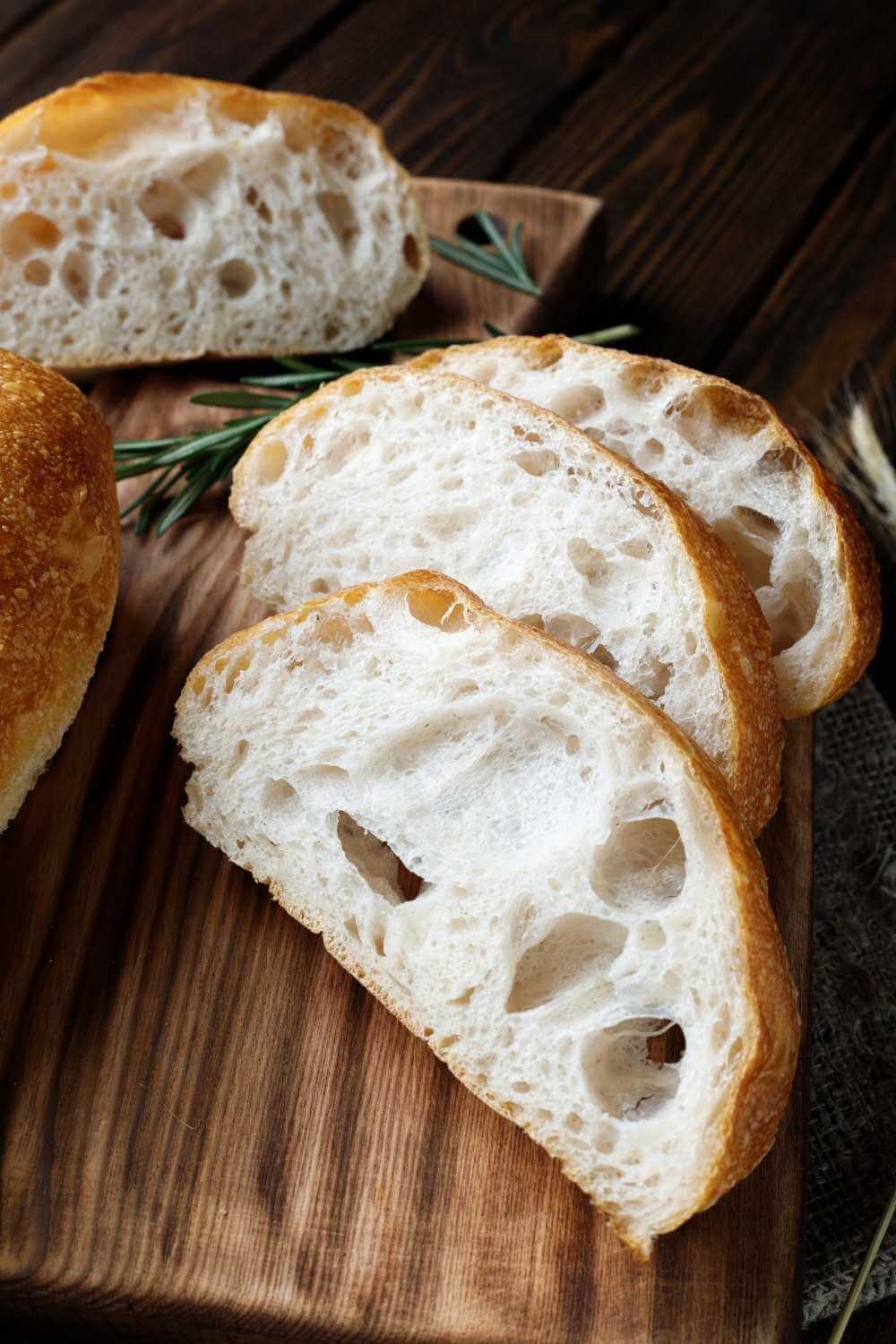Jamie Oliver Recipe Ciabatta Bread
Your folders
Your folders
Prep Time: 45 minutes
Cook Time: 30 minutes
Total: 15 minutes
Servings: 12
Author : Erin Table for Seven

Ingredients
Export 4 ingredients for grocery delivery
Instructions
Step 1
In a medium mixing dish, combine the flour, water, and yeast.
Step 2
Stir with a wooden spoon until the mixture is smooth and completely blended.
Step 3
Cover with plastic wrap and set aside to ferment for 15 to 20 hours at room temperature.
Step 4
In the bowl of a stand mixer fitted with the paddle attachment, combine the poolish and all dough ingredients. Mix on low speed for 2 minutes, or until all of the flour is moistened. Increase the speed to medium-low and mix for about 6 minutes, or until the dough forms a mass and pulls away from the edges of the bowl.
Step 5
Switch to the dough hook attachment and mix on medium-low for about 10 minutes, or until the dough is smooth and glossy. Like batter, the dough will be soft, moist, and sticky.
Step 6
Using olive oil or nonstick spray, lightly cover the interior of a big mixing bowl. Scrape the dough into the basin using a silicone dough scraper. Allow rising for 1 hour at room temperature, covered in plastic wrap.
Step 7
Grab one side of the dough with a greased scraper or moist hands and gently raise and stretch it over the top of itself. Stretch the same manner by turning the bowl 180 degrees. Make a 90-degree turn, extend, and fold. To stretch and fold the final side, turn it 180 degrees. Turn the dough over so that the bottom is now on top. Allow 45 minutes to rest at room temperature after covering with plastic wrap. Fold two more times, then cover with plastic wrap and set aside for 45 minutes between each time.
Step 8
One oven rack should be in the lower-third position (just below the middle) and the other should be at the very bottom. On the bottom rack, place a cast-iron skillet, and on the top rack, place an inverted baking sheet. Preheat the oven to 450 degrees Fahrenheit. To guarantee that the oven is hot enough, allow it to preheat for at least an hour.
Step 9
Dust your work area generously with flour and slip the dough out of the bowl onto the worktop. Be delicate here so you don't deflate the dough, and handle it as little as possible. Dust the top of the dough with flour liberally. Carefully manage the dough from the sides to make a square using 2 well-floured bench scrapers. Avoid putting pressure on the dough's surface.
Step 10
In the center of the square, cut the dough in two. Using the bench scrapers to handle the sides, gently form each half into loaves.
Step 11
Place a layer of parchment paper across the top of a large baking sheet that has been inverted. Flour the surface generously. Slide both bench scrapers under both ends of the dough and transfer it to the parchment paper that has been prepared. Carry on with the rest of the bread. As you shape each loaf into a rectangle, lightly probe the surface with your fingertips.
Step 12
To keep the loaves from drying out, cover them with a lint-free towel. Proof for 30 minutes in a draft-free area until puffy and the surface produces little bubbles.
Step 13
Prepare 1 cup of ice. Mist the loaves with water and, using a jerking motion, carefully move the parchment with the loaves onto the hot baking sheet in the oven. Drop the ice into the cast-iron pan on the lowest rack right away. Close the oven door quickly.
Step 14
Bake for 25-35 minutes, or until the crust is a deep golden brown. The interior temperature of the bread should be between 210 and 215 degrees Fahrenheit. Allow cooling fully on a wire rack before slicing and serving.